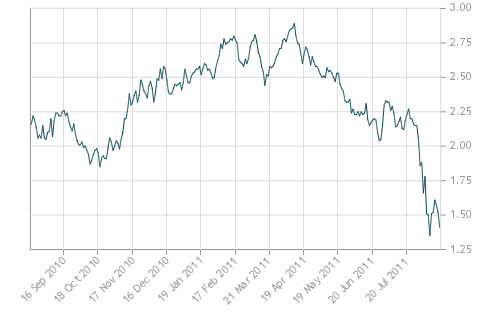There have been quite a few media articles about how the recent rule changes has kneecapped the Canadian real estate market. It should be pointed out that these rule changes were strictly in the context of having CMHC (a federal crown corporation, so if they fail, then the public picks up the bill) insure such mortgages.
It does not include private lenders or insurers (such as Genworth (TSX: MIC)). So private lenders and insurers are free to make bone-headed decisions, such as providing zero-down financing and prime minus 1% rates to 450-rated credits if they deem it to be in their best interests.
Since the major chartered banks are really only interested in arbitraging their mortgage portfolio risk by getting CMHC to pick up the downside, they have been much more reluctant to give mortgages outside of the 25-year amortization, 5% down payment guidelines. The two major private lenders in the Canadian market are Equitable Group (TSX: ETC) and Home Capital Group (TSX: HCG) which have to make their own decisions with respect to giving out mortgages.
The share prices of both of these companies should be leading indicators with respect to the Canadian real estate market as a whole. The analogies in the USA, such as Novastar Financial, have long since gone insolvent for well-documented reasons. The semi-equivalent of CMHC, Freddic Mac and Fannie Mae are still publicly traded, but will not likely be returning capital to shareholders ever unless if the US government decides to make their obligations disappear.
I would be cautious of the Canadian private lenders without trying to thoroughly examining their loan portfolios. Doing this is not an easy job, even on the inside. They are producing disproportionately large earnings per share strictly through the usage of leverage, which in itself is not a bad thing, but you don’t know how secure those assets are. In the case of Equitable, one sees a company that has about $10 billion in mortgages outstanding, about $5.3 billion of it has been securitized (wrapping them up in happy packages, insuring them, and then selling to market) – the only problem of the securitized assets is that your net interest margins on them are piddling low – 0.49% in the last quarter, compared to the very relevant 2% more you get with the non-securitized assets.
ETC’s book value per common share is $27.46 (at June 30, 2012) and is currently trading at $31.49, so there is a premium assigned to their operations.

